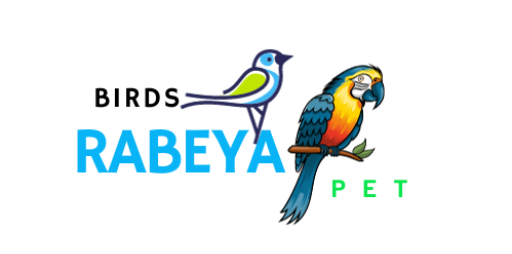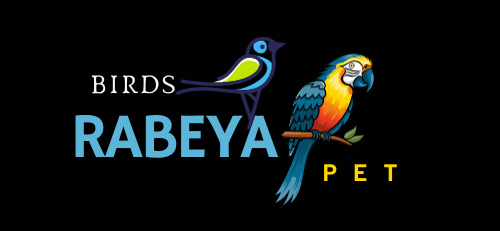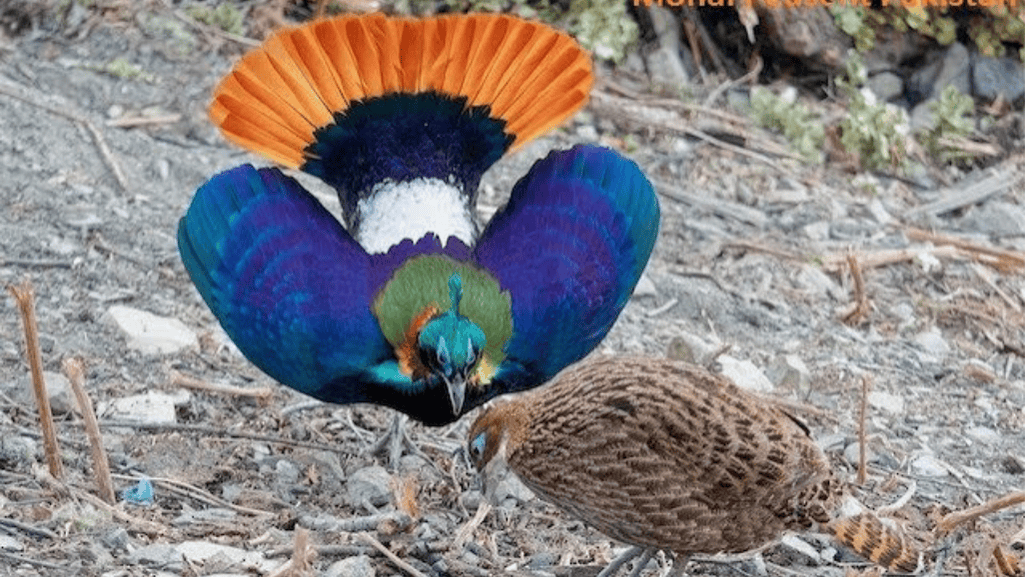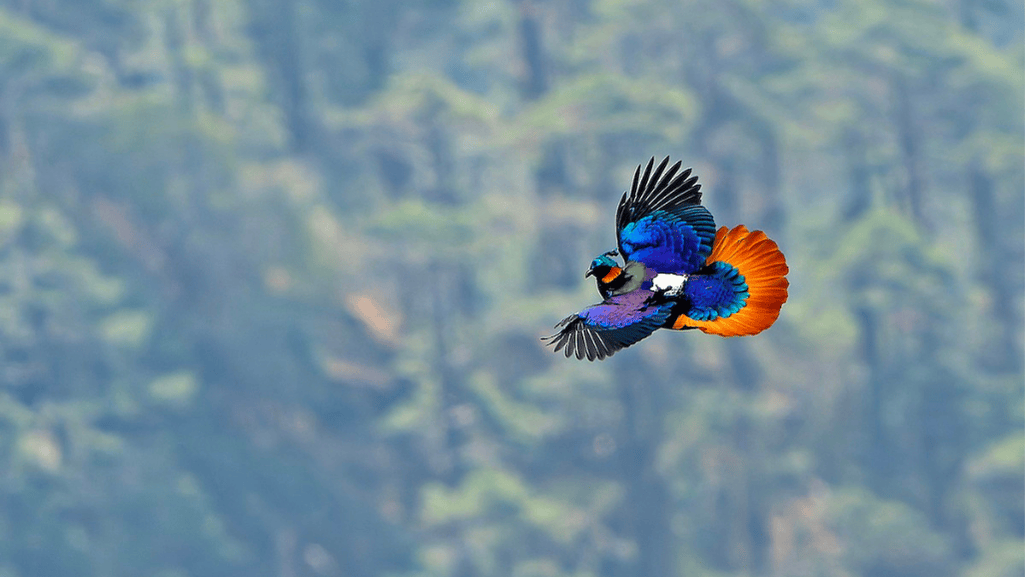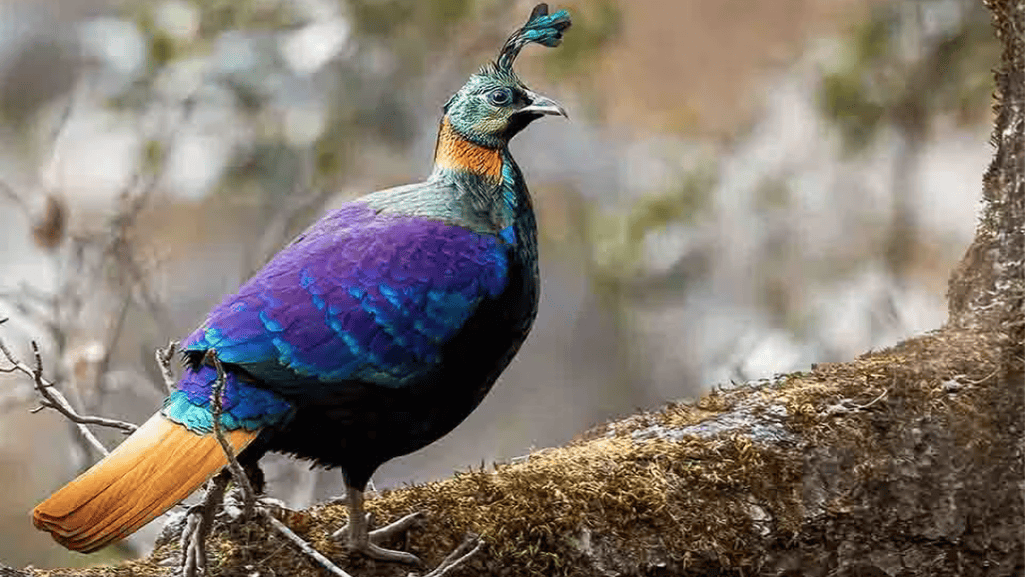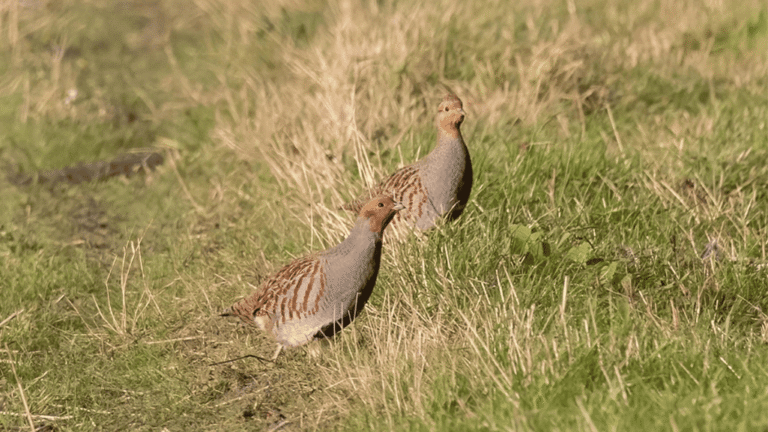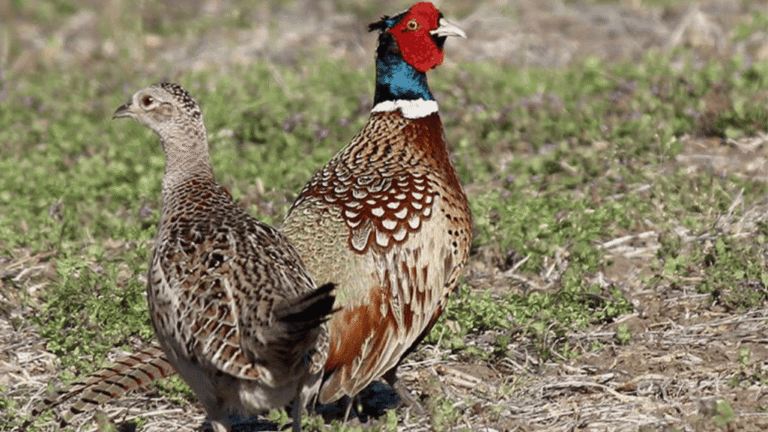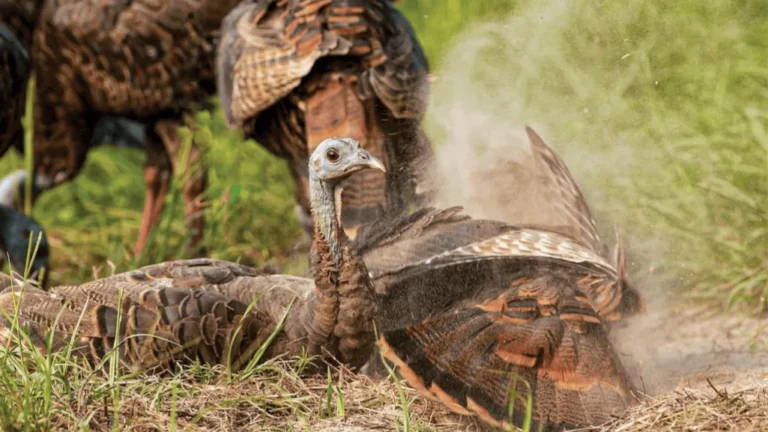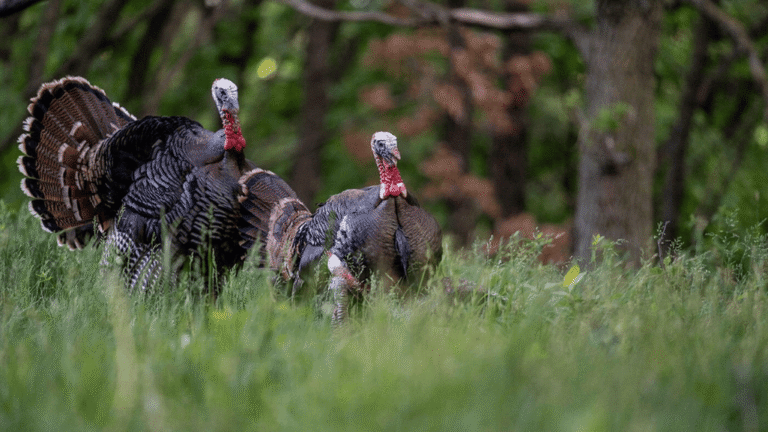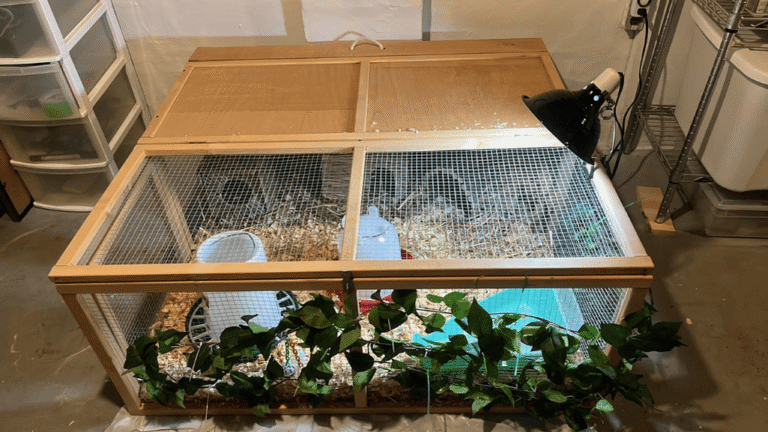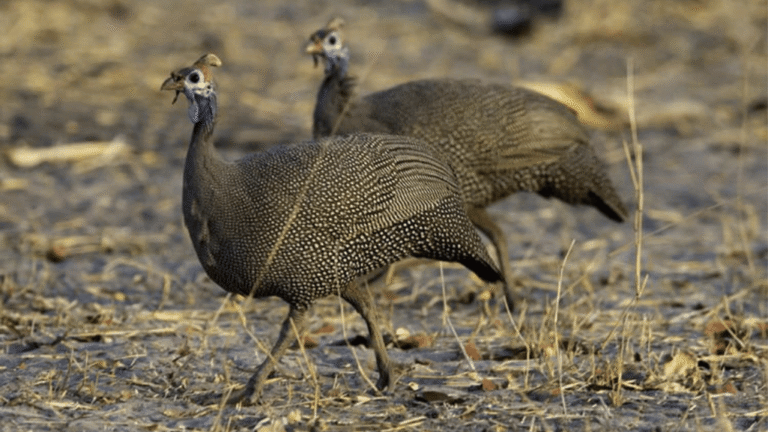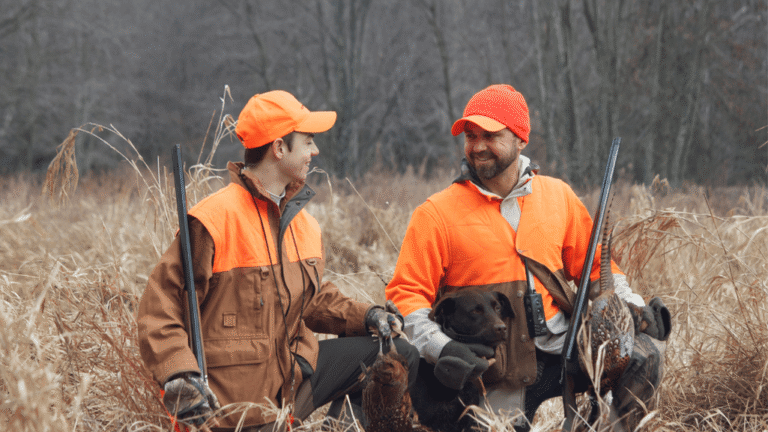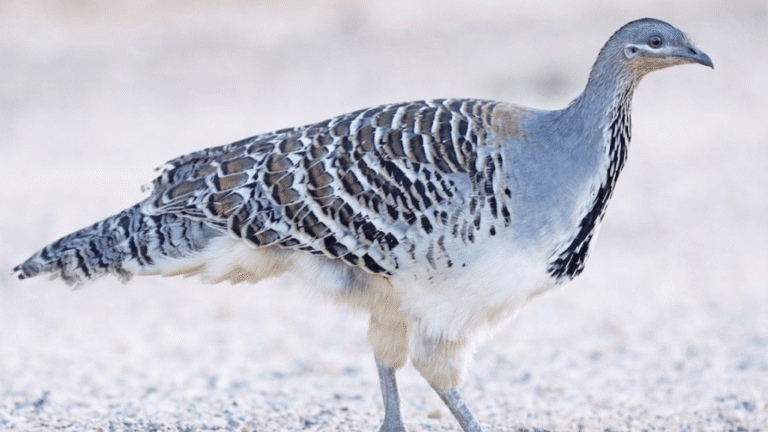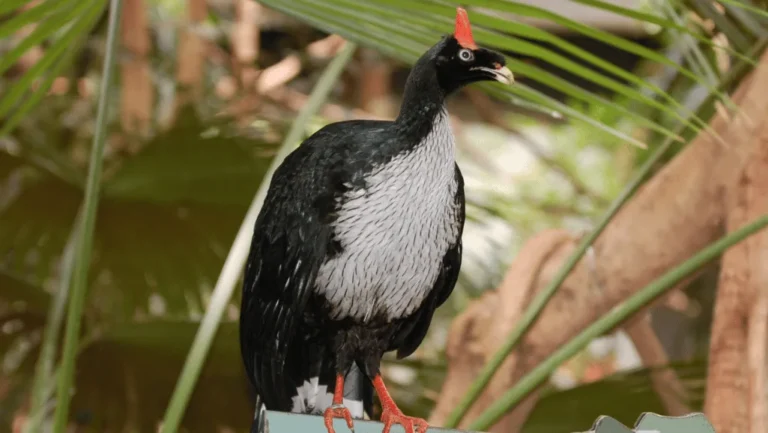Monal Pheasant Health Care — a practical guide for owners, breeders, and conservationists. If you keep Himalayan monal pheasant in captivity or work with these birds in a sanctuary or zoo, this guide gives clear, actionable advice on nutrition, habitat setup, breeding season needs, and everyday care to help your monal thrive.
Written with input from avian-care professionals, this resource is intended for hobby keepers, aviculturists, and wildlife stewards who want reliable, veterinarian-informed best practices. Need immediate help? Contact a qualified avian veterinarian or download our quick-care checklist to get started.
Key Takeaways:
Diet: Monal pheasants need a specialized, omnivorous diet—plant material, seeds, insects, and small invertebrates—to stay healthy. (See full diet section for feed types and feeding schedules.)
Habitat: Provide ample cover—trees, shrubs, and grasses—that mimics their native habitats and offers a balanced mix of sunlight and shade for temperature regulation.
Breeding: During the breeding season, males perform vibrant courtship displays to attract females; provide secure nesting areas and predator protection to support successful reproduction.
Health & Veterinary Care: Regular veterinary check-ups, good hygiene, and biosecurity reduce disease risk; consult an avian veterinarian about vaccinations and preventive care tailored to your flock.
Grooming: Routine observation of preening, feather condition, and access to dust-bathing or similar enrichment helps maintain plumage and overall well-being.
Conservation: Habitat protection and anti-poaching efforts are essential to preserve wild populations—support local conservation programs or responsible ecotourism where possible.
Need a checklist? Schedule a consult with an avian vet or download our full care checklist to turn these takeaways into an action plan.
Monal Pheasant Diet and Nutrition
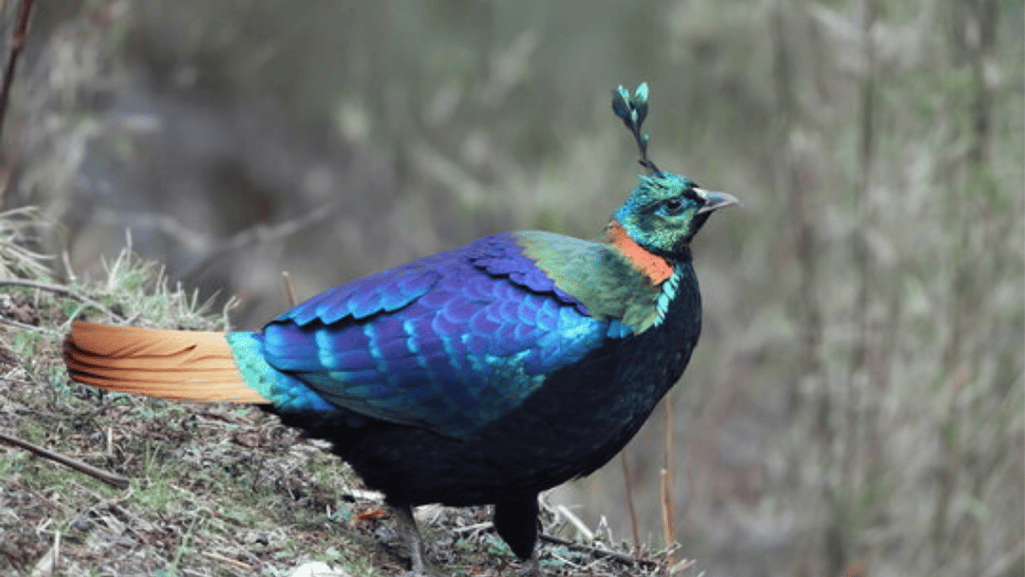 Monal are omnivorous birds that do best on a varied, nutrient-dense diet: a mix of plant material, seeds, and animal protein such as insects and small invertebrates. In captivity, a base of quality game-bird feed supplemented with natural foods provides balanced nutrition across life stages.
Monal are omnivorous birds that do best on a varied, nutrient-dense diet: a mix of plant material, seeds, and animal protein such as insects and small invertebrates. In captivity, a base of quality game-bird feed supplemented with natural foods provides balanced nutrition across life stages.
Feed Type Description
Game Bird Pre-Starter Feed High-protein crumble for newly hatched monal pheasant chicks to support early growth and immune development.
Game Bird Starter Feed Transitional crumble with slightly lower protein than pre-starter; supports rapid growth from 2–6 weeks.
Game Bird Grower Feed Balanced grower crumble for juveniles (6–12 weeks+) to continue muscle and feather development.
Game Bird Maintenance Feed Lower-protein maintenance crumble for adult pheasants to hold condition without excess weight gain; suitable for non-breeding birds.
Practical feeding schedule (general guideline):
0–2 days: Provide pre-starter continuously; ensure clean, shallow water and warm brooding conditions.
3–6 weeks: Continue pre-starter, introduce starter crumble and live protein (mealworms/earthworms) a few times per week.
6–12 weeks: Switch to grower feed; offer chopped greens, safe fruits (berries), and regular live invertebrates to stimulate foraging and provide varied nutrition.
Adults: Offer maintenance feed daily with free access to fresh water; increase protein and calcium (crushed oyster shell or calcium supplement) during breeding season and for laying females.
Feeding tips and supplements:
 – Crumble form is recommended for chicks and young birds because it’s easy to pick up and digest; adults will accept larger pellets or crumble.
– Crumble form is recommended for chicks and young birds because it’s easy to pick up and digest; adults will accept larger pellets or crumble.
– Provide access to grit and a clean calcium source (especially for females that lay eggs) to support eggshell formation.
– Supplement with live foods (mealworms, earthworms, crickets) 2–3 times per week—these replicate natural foraging and boost protein intake.
– Include fresh greens (leafy vegetables), safe fruits in moderation, and seasonal berries to supply vitamins and fiber.
– Avoid feeding high-fat kitchen scraps, avocado, or moldy foods; monitor feed storage to prevent spoilage.
Portioning and monitoring:
– Monitor body condition rather than strict grams-per-day rules—adjust feed amounts if birds gain excess weight or look undernourished.
– Offer feed in multiple stations to reduce competition; ensure chicks have constant access to pre-starter during the first 2–3 weeks.
Water and hygiene:
– Provide clean, fresh water at all times and change it daily; shallow containers reduce drowning risk for chicks.
– Keep feeders and waterers clean to prevent bacterial growth and disease spread.
If you need precise formulations (protein/fat percentages) or a feeding plan tailored to your flock’s age and climate, consult an avian veterinarian or a game-bird nutrition specialist. Download our sample feeding schedule and supplement checklist to get started.
Monal Pheasant Habitat and Environment
Himalayan monal are high-altitude pheasants native to the Himalayan range; in the wild they occupy mountainous forests and alpine areas where cool temperatures, seasonal snow, and rugged terrain shape their behavior and seasonal movements. In captivity, replicating key elements of their natural environments helps reduce stress and encourages natural foraging, roosting, and nesting behaviors.
The ideal captive environment balances sunlight and shade so birds can thermoregulate—sun for warmth and vitamin D, shaded cover to escape heat. Vegetation and structural complexity (trees, shrubs, and grasses) provide shelter, perching sites, and natural food sources; ground cover and leaf litter support invertebrates that are an important part of their diet.
“Creating a habitat that mimics the Himalayan monal’s native range reduces stress and supports natural behaviors—plan for cover, vertical perches, and seasonal shelter for snow and heat.”
Recommended planting and cover: fir, rhododendron, and deciduous trees (where climatically appropriate) plus dense shrubs and native grasses. If those species aren’t suitable in your climate, choose analogous trees and shrubs that provide similar canopy and nest-site structure while avoiding invasive or toxic plants.
Monal Pheasant Habitat Requirements
Habitat Elements Description
Enclosure size Minimum: provide at least 100–200 sq ft (9–18 m²) per adult bird of outdoor space where they can forage and move; larger aviaries are preferable for breeding groups. Include vertical space for perching and flight.
Vegetation Mix of trees, shrubs, and groundcover to provide cover, perching areas, and natural food sources; leaf litter supports insects and invertebrates.
Shade and Sunlight Design habitat with sunny basking spots and shaded retreats—aim for roughly 50/50 sun/shade exposure across the day if possible, and add artificial shade in very hot climates.
Nesting Areas Provide secluded nesting sites—dense shrubs, ledges, or nest boxes placed near ground level and sheltered from wind and predators.
Shelter & Weather Include dry, insulated shelter for cold, wet, or snowy weather and ventilated shade/cover for hot conditions; ensure good drainage to prevent damp bedding and disease.
Water Fresh, clean water available at all times in shallow containers; provide multiple water stations to reduce competition.
Predator-proofing Secure fencing (buried apron for foxes/rodents), overhead netting to prevent raptors, and locked housing for nighttime safety.
Quick habitat checklist
– Enclosure: ample square footage per bird, vertical perch space, secure fencing.
– Vegetation: mix of trees/shrubs/groundcover; avoid toxic plants.
– Shelter: insulated, dry shelters for winter; shaded areas for heat.
– Substrate & drainage: well-drained ground, leaf litter or natural substrate; avoid muddy conditions.
– Water & feeders: multiple clean water stations and protected feeders to reduce contamination.
– Predator defenses: buried fencing edges, overhead protection, secure night housing.
Note on climate and plant choices: Monal pheasants tolerate cool temperatures and some snow due to their Himalayan adaptations, but captive birds in hot, lowland regions need additional shade, misting, and cooler microclimates to avoid heat stress. Always verify that chosen plants are noninvasive and legal in your area.
If you’re planning an enclosure for breeding or long-term care, consult a local avian specialist or extension service to match habitat design to your regional climate and the species’ needs in order to create resilient, species-appropriate habitats.
Monal Pheasant Behavior and Breeding
Monal pheasants are admired for their striking plumage and complex behavior, especially during the breeding season when males perform dramatic displays to attract mates. Understanding timing, display behavior, nesting needs, and parental roles helps caretakers support successful breeding and reduce stress for both males and females.
Timing (breeding season): In their native Himalayan range, monal breeding typically occurs in spring and early summer (regional timing varies); plan for seasonal changes in diet, shelter, and monitoring during the breeding season to match local conditions.
Courtship & display: Male monal use colorful feathers, raised tails, and wing movements in visual displays, often combined with vocal calls to attract females. These displays involve short leaps, wing-spreading, and ground-posturing that maximize the iridescent colors of their plumage. Observing displays from a distance minimizes disturbance and lets natural behaviors continue.
Nesting and nest sites: Monal typically choose secluded, ground-level or low-habitat nests—dense shrubs, rocky crevices, or leaf-littered sites are common in the wild. In captive settings, provide well-hidden nest boxes or sheltered ground-level nesting areas with natural materials (leaves, twigs) and protection from wind and predators.
Parental roles and incubation: Females usually take the lead on incubation and brooding; males commonly perform guarding and display behaviors near nesting territories. Exact incubation length, clutch size, and chick-rearing duration vary by region and should be confirmed for your local population—monitor eggs and chicks regularly and consult an avian veterinarian for guidance during incubation and hatching.
Anti-predator behavior: Monal use alarm calls and flight or concealment to avoid predators. Secure enclosures, daytime shelters, and protected nesting sites reduce predation risk; consider overhead protection against raptors and ground-level barriers to deter mammalian predators.
Practical breeding tips:
– Replicate seasonal cues: adjust daylight, shelter, and diet to simulate natural breeding conditions where appropriate (consult a specialist before altering photoperiod).
– Provide quiet, secluded nesting areas with easy access to food and water for the incubating female.
– Increase dietary protein and calcium for breeding pairs and laying females to support egg production and chick development.
– Minimize handling of eggs and chicks; use indirect observation (camera or remote checks) to avoid stressing parents.
Note on pair bonds: some sources describe strong pair bonds in monal, though pairing patterns may vary regionally—verify local behavioral studies or consult an ornithologist if precise information is required for breeding programs.
For more detailed, locale-specific schedules (expected clutch size, incubation in days or weeks, and chick-rearing milestones), consult regional avian research or your avian veterinarian before initiating a breeding program; consider documenting timing and behaviors to contribute to husbandry knowledge for this species.
Monal Pheasant Diseases and Veterinary Care
Monal pheasants are susceptible to the same broad categories of health problems that affect other captive game birds and wild pheasants. Early detection, routine screening, and prompt veterinary intervention are essential to preventing small problems from becoming flock-wide crises.
Common issues to watch for
Respiratory infections: Signs include sneezing, coughing, nasal discharge, open-mouth breathing, reduced activity, or labored breathing. Causes can be bacterial, viral, or fungal; quick isolation of affected birds and a veterinary exam are important because respiratory diseases can spread rapidly in flocks.
Parasitic infestations: External parasites (mites, lice) cause feather damage, irritation, and weight loss; internal parasites (roundworms, cecal worms) cause poor condition and diarrhea. Regular fecal testing and visual checks of feathers and skin help detect problems early. Implement rotational parasite-control programs as advised by your avian vet.
Viral diseases: Some viral pathogens that affect galliforms—avian influenza subtypes, Newcastle disease, and infectious bronchitis—can cause severe illness and mortality. Regional disease risk varies; follow local animal-health alerts and consult an avian veterinarian about vaccination and reporting requirements for your area.
Preventive protocols (practical)
– Quarantine new birds for at least 30 days before introducing them to the main flock; monitor for clinical signs, and run fecal and respiratory diagnostics as recommended by your vet.
– Hygiene: clean and disinfect feeders, waterers, and housing on a regular schedule (daily for water, weekly deep clean for housing), and remove wet bedding promptly to reduce respiratory and bacterial problems.
– Biosecurity: limit visitor access, use perimeter boot dips or disposable boot covers, and avoid sharing equipment between enclosures without disinfection.
Vaccination and veterinary care
Vaccine recommendations for pheasants vary by region and disease prevalence. Consult a qualified avian veterinarian to establish a vaccination plan (if any) for your monal pheasants—your vet will consider local disease risk, legal requirements, and flock use (exhibit, breeding, or small flock). Regular annual or semi-annual vet check-ups with fecal parasite screening and weight/body-condition monitoring are strongly recommended.
Routine monitoring schedule (example)
– Daily: visual health checks—appetite, activity, droppings, breathing.
– Weekly: inspect plumage for external parasites; check water and feeder cleanliness.
– Every 3–6 months: fecal parasite screening for internal worms (frequency based on risk and treatment history).
– Annual or as recommended: full veterinary exam, nutritional review, and update of preventive protocols.
Outbreak checklist (immediate steps)
1. Isolate symptomatic birds immediately in a separate pen.
2. Contact your avian veterinarian and local animal-health authority if a notifiable disease (e.g., avian influenza) is suspected.
3. Collect samples (swabs, feces) per veterinary guidance for diagnostic testing.
4. Increase hygiene and biosecurity measures; restrict movement on and off the property.
5. Keep detailed records of sick birds, onset time (in hours/days), and mortalities to aid diagnostics.
Incubation and chicks: health notes
– If breeding on-site, be aware that incubation and hatching present additional disease risks—ensure nest hygiene, limit handling of eggs, and provide clean brooding conditions for chicks.
– Monitor chicks closely in the first days and weeks for poor growth, pasty vent, or respiratory signs; early veterinary input improves outcomes.
If you need a tailored biosecurity and vaccination protocol or a printable outbreak checklist, consult an avian veterinarian or your regional extension service. Prioritizing preventive care—clean water, balanced diet, routine screening, and sensible quarantine—will greatly improve the health and longevity of your Monal pheasants.
Monal Pheasant Grooming and Conservation
Grooming is essential for keeping Monal pheasants’ iridescent feathers healthy—preening, dust bathing, and regular checks for parasites all support plumage condition and the bird’s overall health.
Preening allows the bird to realign feathers, remove debris, and distribute oils from the uropygial gland that add moisture and some waterproofing. Regular observation of feather condition, beaks, and wings helps detect early signs of parasites or injury so you can act quickly.
Grooming best practices for captive birds:
– Provide dust-bathing areas with dry, loose substrate (sand/wood ash mix or species-appropriate dust) so birds can control external parasites naturally.
– Inspect feathers, beaks, and wings periodically for mites, lice, broken quills, or bruising; check the uropygial gland for normal oiling but avoid excessive handling during molt.
– Offer shallow pools or misting in hot weather to help plumage condition but keep water clean to prevent bacterial growth.
– If external parasites are detected, consult an avian veterinarian for safe treatments—do not use poultry chemicals without professional guidance.
Conservation context
Himalayan monal are a culturally and ecologically important pheasant species native to high-altitude forests and alpine areas. While conservation status and threats vary regionally, habitat loss, disturbance, and illegal hunting for feathers and meat have affected some populations. Consult IUCN listings or regional wildlife agencies for current status in your area.
How you can help (practical actions):
– Support or volunteer with reputable conservation organizations working in the species’ native range.
– Promote and practice habitat-friendly land use, protect nesting areas, and avoid planting invasive species in managed habitats.
– Report illegal hunting or trade to local authorities and support anti-poaching efforts; encourage sustainable ecotourism that benefits local communities.
Summary points
– Regular grooming and access to dust baths keep feathers, beaks, and wings in good condition and reduce parasite loads.
– Routine inspections and prompt veterinary consultation protect individual birds and flocks.
– Conservation of Himalayan monal requires habitat protection, anti-poaching measures, and community involvement; you can contribute through support, awareness, and responsible husbandry.
Monal Pheasant Veterinary Care and Best Practices
Partnering with a qualified avian veterinarian is one of the best steps you can take to keep your Monal pheasants healthy. Regular check-ups, targeted preventive care, and a written health plan tailored to your flock help detect issues early and reduce disease risk.
Core best-practice areas
Action plan — Housing:
– Provide at least 100–200 sq ft (9–18 m²) of outdoor space per adult where possible, plus vertical perch space; ensure secure, well-ventilated housing that protects birds from predators, rain, and extreme temperature swings.
Action plan — Diet & water:
– Base diets on appropriate game-bird maintenance and stage-specific feeds, supplemented with greens, seasonal fruits, and live invertebrates for enrichment. Always provide multiple sources of clean, fresh water and monitor consumption during heat or cold stress.
Action plan — Hygiene:
– Implement a cleaning schedule: daily fresh water and spot-clean feeders; weekly removal of soiled bedding; monthly deep clean and disinfection of housing and equipment (use vet-approved disinfectants).
Action plan — Enrichment:
– Offer perches at multiple heights, hiding spots, dust-bath areas, and foraging opportunities (scattered foods or live-feed stations). Rotate enrichment items every few weeks to reduce boredom and encourage natural behaviors.
Veterinary care schedule (recommended)
– Daily: visual checks for appetite, breathing, droppings, and activity levels.
– Weekly: inspect plumage, beaks, and wings for damage or external parasites; check waterers and feeders for cleanliness.
– Every 3–6 months: fecal parasite screening (frequency depends on local risk and prior results).
– Annually or as advised: full veterinary exam and review of your flock’s vaccination and biosecurity plan.
Breeding-specific notes
– Before breeding season, consult your avian vet about increasing dietary protein and calcium for breeding pairs and laying females. Monitor incubation and chick brooding closely—have a plan for chick care during the first weeks, including temperature control and hygiene to prevent disease.
Why these practices matter
Consistent veterinary partnerships and a proactive action plan for housing, diet, hygiene, and enrichment reduce stress, prevent disease, and improve reproductive outcomes. If you don’t yet have an avian vet, ask local zoos, extension services, or avian clubs for referrals—then download and complete a simple Best Practices checklist to get started.
Conclusion
Providing well-rounded Monal pheasant health care is essential to keep these stunning birds thriving. Prioritize a balanced diet based on appropriate game-bird feeds supplemented with natural foods, create habitat that mimics their high‑altitude environments, and plan for seasonal breeding needs to support successful reproduction.
Key next steps (actionable):
– Schedule a veterinary checkup and establish a preventive-health plan.
– Download or create a feeding schedule and supplement plan for chicks, growing birds, and adults.
– Improve habitat cover and predator protections; add sheltered nesting sites before the breeding season.
– Support or connect with local conservation efforts to help protect wild populations and their habitats.
FAQ
What is the optimal diet for Monal pheasants?
A balanced mix of plant material, seeds, insects, and invertebrates combined with stage-appropriate game bird feeds (pre-starter, starter, grower, maintenance) in crumble form for chicks; adjust supplements (calcium, grit) for laying females.
Where do Monal pheasants live?
Himalayan monal inhabit high-altitude forests and mountainous areas across parts of the Himalayan range.
What are the breeding behaviors of Monal pheasants?
Breeding typically occurs in spring/early summer in their native range. Males perform elaborate visual and vocal displays to attract females. Females usually incubate eggs while males defend territories; local studies vary on whether pair bonds are seasonal or longer-lasting, so consult regional data for specifics.
What diseases are Monal pheasants susceptible to?
Common concerns include respiratory infections, parasitic infestations, and viral diseases seen in galliforms; follow biosecurity practices, routine screening, and veterinary guidance to reduce risk.
How can I groom Monal pheasants?
Provide dust-bathing areas, clean water for occasional baths or misting, and perform routine checks of feathers, beaks, and wings for parasites or damage; consult an avian vet for treatment if needed.
How can I provide proper veterinary care for Monal pheasants?
Partner with a qualified avian veterinarian for regular exams, fecal screening, advice on vaccinations or regional disease risks, and support during incubation and chick rearing.
By following these steps—monitoring diet, habitat, breeding needs, and veterinary care—you’ll improve survival and reproductive outcomes for your Monal pheasants while contributing to broader conservation goals.
